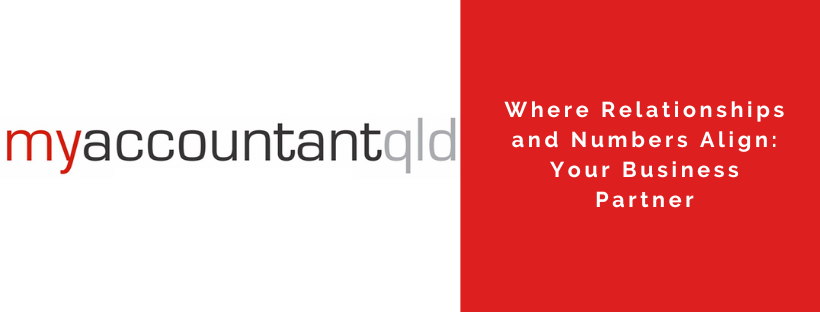2024 Tax Planning Tips and Strategies
It’s 2024 Tax Planning Tips and Strategies time.
We love this time of year because we’re catching up with our clients, reconnecting, exploring plans together and discussing 2024 Tax Planning Tips and Strategies.
Everyone has different goals when it comes to tax planning. If you’re planning to refinance in the next year or so, or even sell your business, it’s likely we’ll put our focus into showing healthy profits and balance sheet. If you want to minimise tax then we’ll focus on realising the very best tax rate across your group.
Our usual fee for tax planning ranges from $800 to $1,900 depending on your circumstance. The value you receive from tax planning well exceeds the cost or we don’t go ahead. Feel free to contact us or call the office on (07) 5446 1226 to discuss your needs.
>>> Click here for our tax planning strategies and tips
Why do tax planning?
- Save on tax by taking strategic action before 30 June.
- Position yourself to achieve your upcoming goals & plans.
- Free up cash flow. Remember, if you end up with a refund once your tax returns are lodged, then you’ve paid too much tax too early in the year. Tax planning helps you manage that.
- Get some feedback on the quality of your record keeping and how to streamline processes.
- Gives Trustees peace of mind by ensuring they’re signing off on a Trust Distribution Resolution that’s right for the group.
Tax Planning Tips
If you’re taking more of a DIY approach, then take a look at our tax planning strategies and tips here which is full of general tax planning tips to help you save on tax.
Structure Structure Structure
The biggest opportunity to have some control over tax is the decision around what structure to run your business in. This compliments 2024 Tax Planning Tips and Strategies.
Most successful businesses are not operated under your individual ABN because the individual is liable for all the business risks personally. If you have equity in your home or other significant assets, then all that is up for grabs if your business is being attacked.
Structuring via Companies and Trusts (and more) can provide benefits for the family.
Reviewing and/or setting up a structure before 30 June allows for a fresh start on 1 July. Call us know if you wish to investigate this option.


